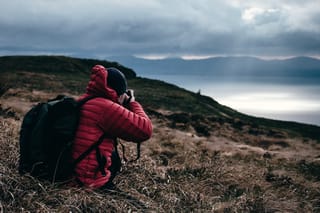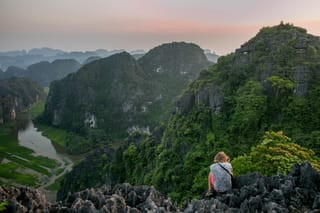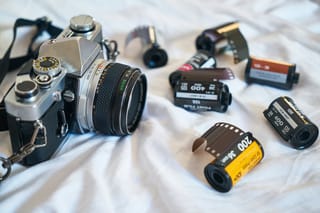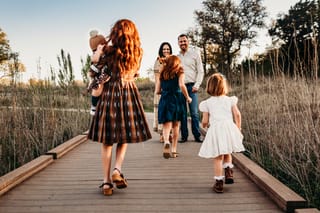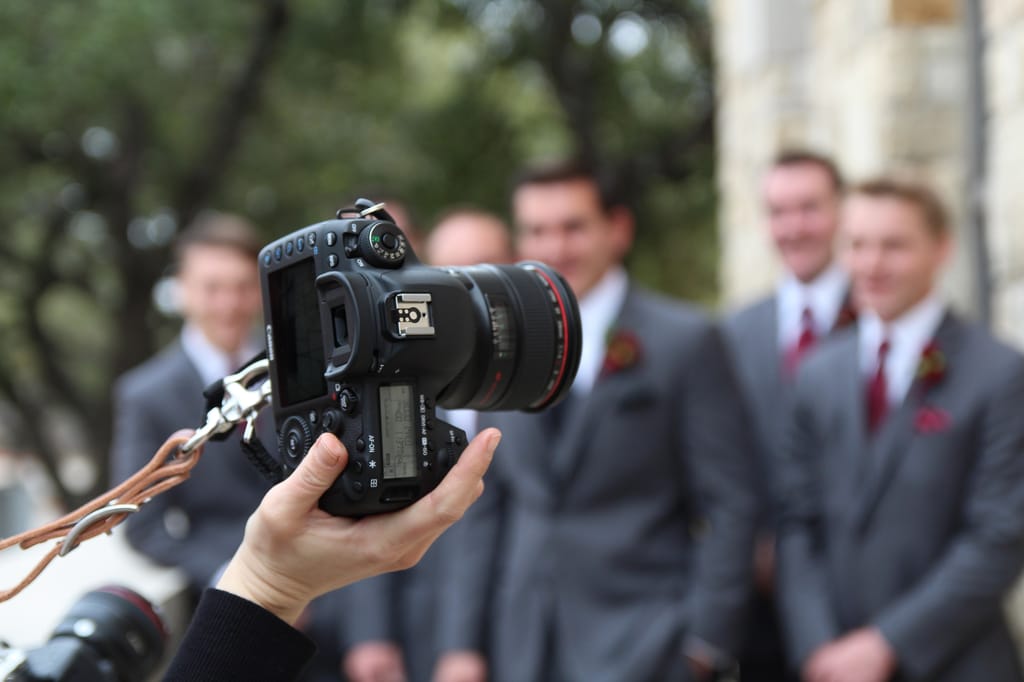
Once the temperatures start to rise and thaw the ground, it’s only a matter of time before flowers start blooming, birds start chirping, and people start getting married.
Yes, wedding season is coming fast and you’ll want to have your photo gear all picked out and prepped before the actual event. Whether you’re just getting started capturing someone’s special moments on camera or you’ve been doing it for years, there are a few pieces you’re going to want in your kit.
We’ve got nearly everything at KEH, no matter what your experience level or budget may be. Read on to see five different kit buildouts for your upcoming season of wedding photography. Make sure to click each item to see if we’ve got any in stock.
About Wedding Photography
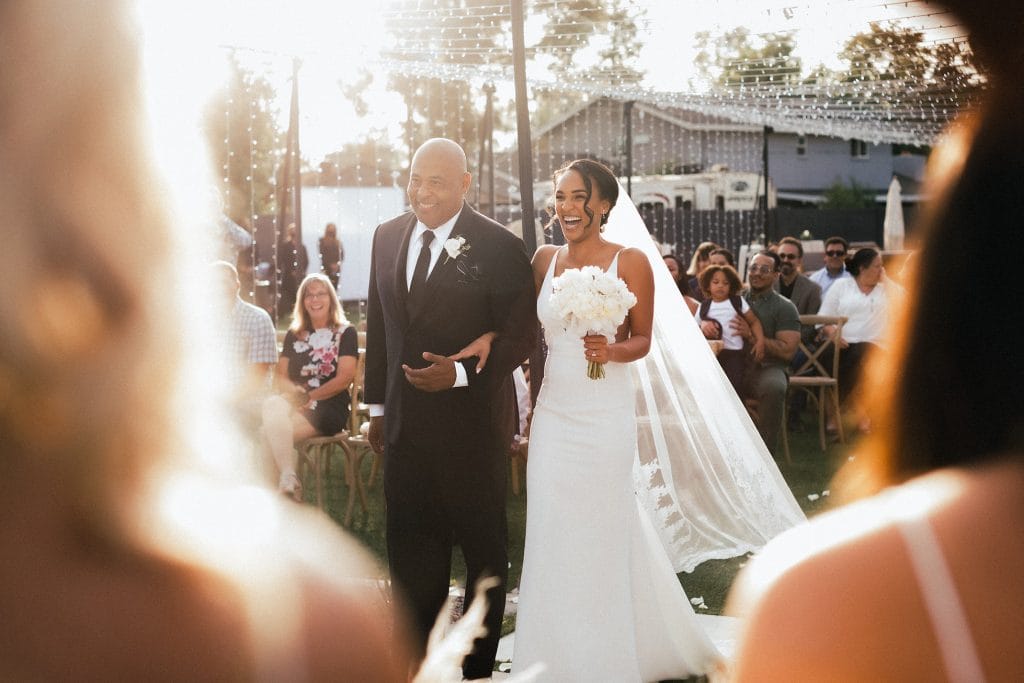
If you’re new to shooting weddings, you should know that they can be intense. Your first few weddings can be scary, high-pressure situations before you get used to the tempo. A wedding is full of one-time events and you don’t want to be fumbling with a camera you’re unfamiliar with or have your battery die when the happy couple lean together for the first kiss.
For that reason, I don’t suggest waiting until the day of the event to familiarize yourself with your gear. If you’re more comfortable shooting with your mirrorless gear than you are with a DSLR, go for it! Our latest Tilt-Shift Report has shown that the photo landscape is changing as more pros shift over to mirrorless gear, but it does seem that DSLR cameras have been the standard for these events in the past.
It could be that their sturdy, hefty and durable bodies are more reliable. It could be simply because that’s what many pros have shot with for years and it’s what they’re used to shooting with. Heck, it could even be that larger cameras look more ‘official’ to clients who may not know about the capabilities of smaller cameras.
No matter which type of body you shoot with, I cannot stress enough that you should bring extra memory cards and batteries. Try to estimate how many you’ll need for the day and then bring two more than that. If you’re absolutely sure that you don’t need any more cards or batteries, consider bringing a laptop, external hard drive and a battery charger. This way you can be prepared for anything that happens.
Keeping this in mind, you may really want a camera body with dual card slots so you can instantly have a couple of backup options. You may want more than one camera body so you can have a failsafe there as well.
Some prefer to shoot with zoom lenses for the added versatility of these quickly-changing scenarios, whereas some photographers strongly prefer prime lenses.
Additionally, even if you’re a shooter who typically only uses available light, you should consider picking up a flash unit and learn it well. The ceremony and preparation areas may be brightly lit, but the reception and corresponding dance floor are very likely to need an extra pop of illumination. It’s also the best way to freeze any flying confetti or rice in the air during any big chaotic moments.
Budget Kit (Canon APS-C)
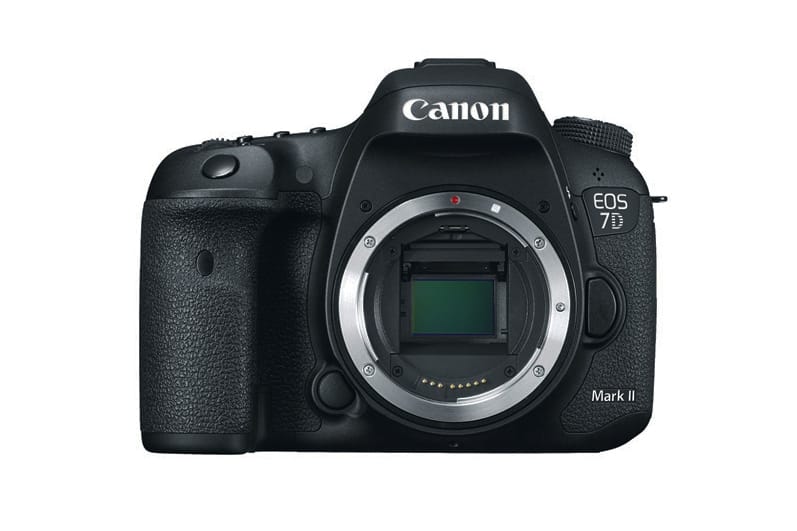
The first buildout I’ll suggest is what I’d consider a low-budget DSLR kit. If you’re just getting started with weddings, this is the bare minimum gear that I’d recommend. Keep in mind that while it’s possible to achieve great images with minimal equipment, it can be easier to get your desired results with more sophisticated gear. Most importantly, you should be honest and upfront with your clients so they know what to expect. Don’t overpromise on your abilities or you could develop a bad reputation and someone’s special day could be compromised.
With 20 megapixels and dual card slots, the 7D Mark II is an absolute steal for the price. If you must have full-frame performance, the Canon 6D is slightly more affordable with a single card slot.
Undoubtedly the most inexpensive wide-aperture prime lens for Canon DSLRs, the 50mm will allow you to get shallow depth of field in a variety of situations.
If you’ve got enough to spring for a pair of prime lenses, I recommend the EF-S 24mm f/2.8 STM for the 7D or the 35mm f/2 for full-frame group shots and the 85mm f/1.8 USM for portraits and beauty.
• Canon EF-S 17-55mm f/2.8 IS USM
If you prefer using an APS-C zoom lens for these quickly-changing scenarios, you should definitely make this upgrade from the packaged kit lens.
• Yongnuo YN600 EX-RT II Speedlite Flash
For under $100, you can add a ton of functionality to your camera kit and bring some brightness to dimly-lit scenes.
Money is No Object Kit (Nikon FX)
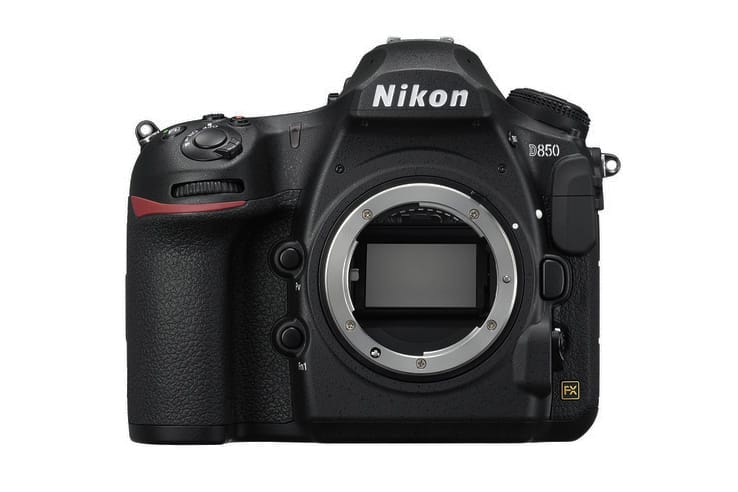
For those who want it all and can afford it, too. There are tons of lenses out there that are perfect for every scenario. If this is your primary business, you may have a second photographer to pick off details while you shoot the main event, allowing you to pick up both the bride’s entrance and the attendees’ reactions simultaneously.
The 45.7-megapixel sensor, killer autofocus and impeccable ergonomics are hard to argue with when it comes to being a professional shooter’s camera.
Although not quite as revolutionary as the D850, this capable body is a great choice for a second shooter or as a backup camera. Even a solo photographer can benefit from having two cameras at the ready, equipped with two different lenses.
This nimble zoom goes ultra-wide without compromising on the aperture.
• Nikon AF-S 24-70mm f/2.8 E VR
The introduction of vibration reduction brings the already-excellent 24-70mm G lens one step closer to perfection.
• Nikon AF-S 70-200mm f/2.8 G VR II
Rounding out the Nikon holy zoom trinity, this stabilized lens will give you the reach you need for shooting the ceremony from behind the attendees.
This super-fast wide-angle lens is perfect for group shots or showing off large ceremony and reception spaces.
With exceptional coating and background separation, this short telephoto is a stunner for couples portraits.
• Nikon AF-S 105mm f/2.8 G VR Micro
For ultra-close details and shots of the wedding rings, it’s hard to argue against the importance of a dedicated macro lens.
• Nikon SB-910 I-TTL Flash (x2)
These powerful speedlights can link together to trigger simultaneously.
Hybrid Mirrorless Kit (Sony Alpha)
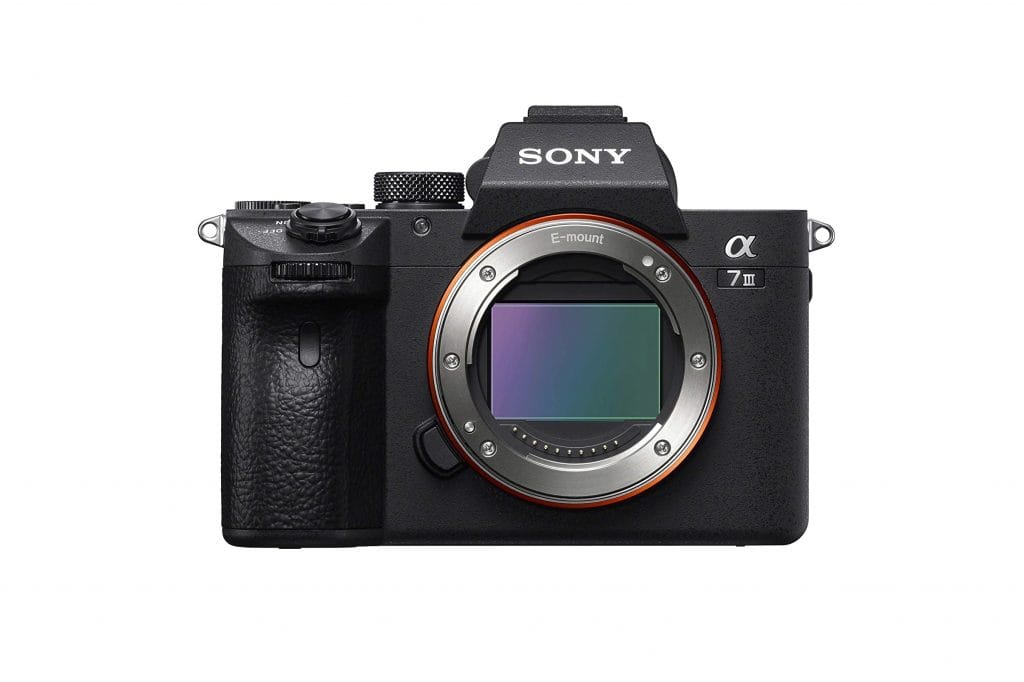
I don’t recommend that anyone attempt to simultaneously shoot wedding photos and video. Frankly, it’s too much for one person to accomplish. However, if you really want to be available to capture either one, consider this Sony kit.
While the Sony a6000 lineup is super-portable and affordable, the Sony a9 and brand new Sony Alpha a1 cameras bring tons of speed and power. Sitting pretty at only one generation back, the a7 III is a great balance of photo & video capability at an excellent price.
• Tamron 28-75mm f/2.8 Di III RXD
This lightweight zoom lens alternative has a versatile reach that works well for most scenarios.
• Tamron 24mm f/2.8 Di III OSD
This compact wide prime is a perfect option for getting those group shots.
• Sigma 70mm f/2.8 DG Macro ART
This lens can pull double-duty as a short telephoto lens and also your go-to Macro lens for close-up ring shots.
• Rode Videomic Pro Compact Shotgun Microphone
If you find yourself shooting video, you’re absolutely going to want better sound than you’ll get out of the built-in camera microphone. This Videomic will isolate the sound that’s directly in front of the lens so you hear the vows being exchanged without extra whispering from the attendees.
Taking photos without extra stabilization might be acceptable, but shaky-cam video from someone’s special day isn’t going to cut it. A monopod allows you to move around easier than a tripod, while giving you an extra foot to balance on.
Compact & Capable Kit (Fujifilm)
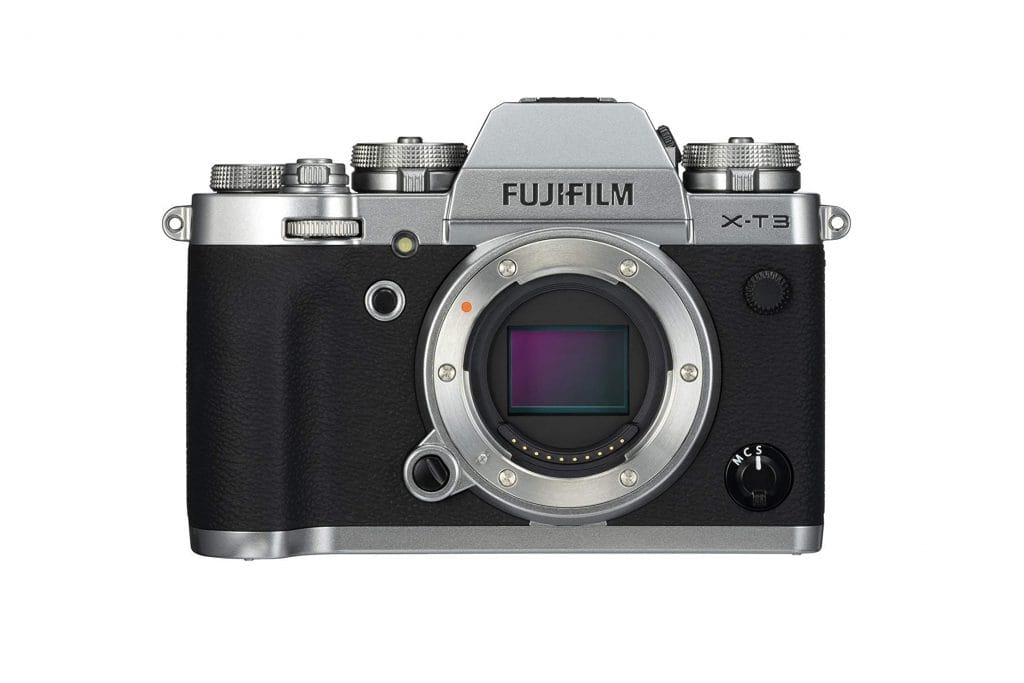
This isn’t to say that mirrorless cameras are any less capable than their larger counterparts. Smaller bodies and sensors can create images just as memorable and gasp-worthy in the right hands. Just take a look at award-winning wedding photographer John Branch IV’s Instagram or YouTube page to see exactly how he makes it happen. Here’s the buildout he used in one of his most popular Behind The Scenes videos.
Small, light and a joy to shoot with. Fuji has a way of creating cameras with the end-user in mind, utilizing physical dials and knobs to change settings instead of burying them deep in hard-to-navigate menus.
• Fujifilm XF 16mm f/2.8 R WR Lens
The widest prime in this set is perfect for taking in a broader point of view without sacrificing image quality.
• Fujifilm XF 23mm f/2 R WR Lens
This weather-resistant lens is fast, bright and wide for catching changing scenarios quickly.
• Fujifilm XF 35mm f/2 R WR Lens
Matches the view of a 53mm lens on full-frame cameras, this may soon be your new favorite X-mount lens.
• Fujifilm XF 56mm f/1.2 R Lens
An ultra-shallow depth of field with a solid metal housing. What’s not to love?
• Fujifilm MCEX-16 Extension Tube
Allows the shooter to get up close and personal into small-detail range without the need for an additional dedicated Macro lens.
The Daredevil Analog Kit (Hasselblad)
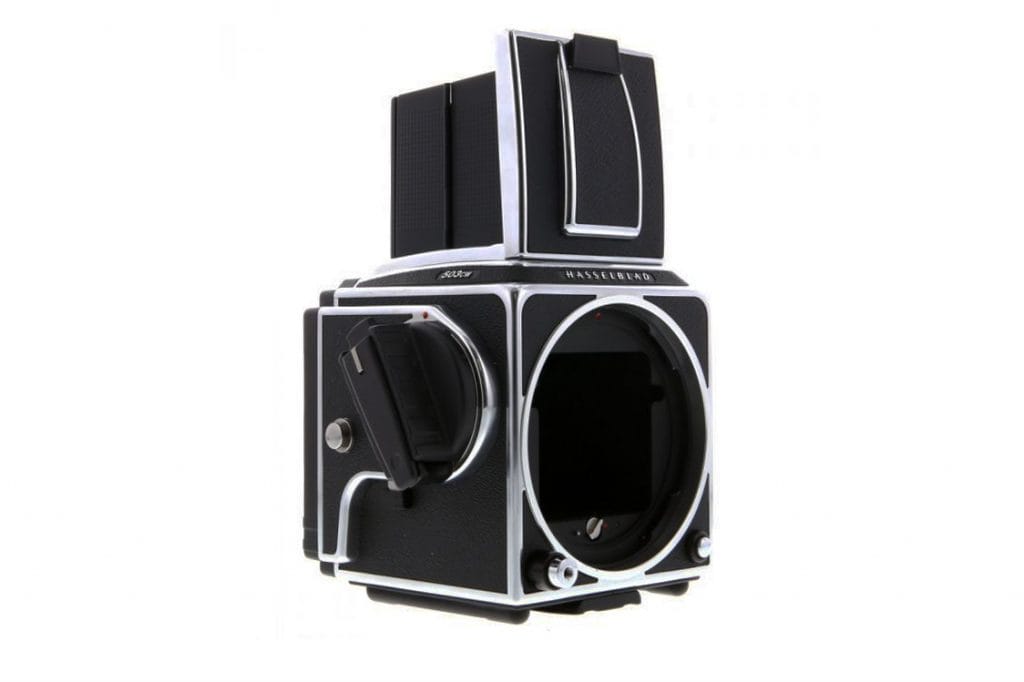
This is a camera kit made for only the bravest of souls. All the way back in 2019, we sent our Creative Director, Luca Eandi, to attend the Film Theory Workshop to witness some of these daring shooters who prefer to capture the day’s events on film. To learn more about these risk-takers, click here.
Pack your nerves of steel and plenty of extra rolls of film. Honestly, if you are bold enough to shoot an entire wedding without a digital backup, you’re a braver person than I am and you’re probably savvy enough to know what works best for you. Here’s what I would bring, anyway.
Classic and immediately recognizable, the large negatives and fuss-free operation of the Hasselblad 500 series are legendary for good reason.
Primarily for the novelty of the prints, this camera has a cult following in the analog world. The low-fi look may not be everyone’s cup of tea, but it can give your quick candid snapshots a legendary feel.
• Hasselblad A12 120 Film Back
You will likely want several of these. Hasselblad’s V system allows you to swap out film backs on the fly, making it easy to adapt between outdoor and indoor scenarios.
• Hasselblad 40mm f/4 C T* Lens
This is nearly as wide as you can get on a medium format lens without breaking into distorted views and curved horizons, comparable to a 22mm lens on a 35mm camera.
• Hasselblad 180mm f/4 CF T* Lens
With a longer focal length, this powerful lens will create incredibly memorable portraits.
• Gitzo G2220 Explorer Aluminum Tripod Legs & GH2750 Series 2 Off-Center Ball Head
With a larger camera system, and with how valuable a roll of film can be, you’re going to want some extra stabilization to eliminate the chance of any blurry shots from shaky hands.
• Sekonic L-358 Flash Master Light Meter
Hit your exposure perfectly every time by taking a reading before each snap.
Ultimately, you should shoot on whatever gear you’re best acquainted with. You’re already started on your own gear journey, after all. A few seasons later, you might consider changing camera systems. We’ll be here for you every step of the way.

